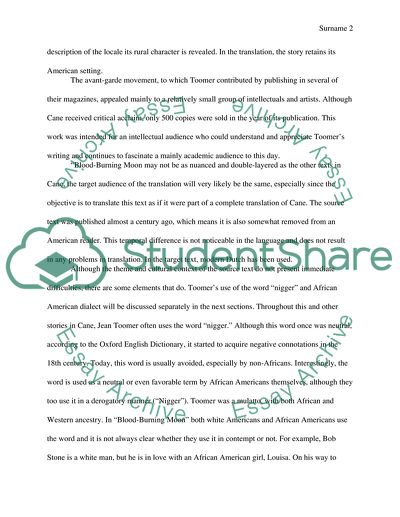Cite this document
(“Race & Modernism in Jean Toomer's Cane Research Paper”, n.d.)
Retrieved from https://studentshare.org/english/1702487-race-modernism-in-jean-toomers-cane
Retrieved from https://studentshare.org/english/1702487-race-modernism-in-jean-toomers-cane
(Race & Modernism in Jean Toomer'S Cane Research Paper)
https://studentshare.org/english/1702487-race-modernism-in-jean-toomers-cane.
https://studentshare.org/english/1702487-race-modernism-in-jean-toomers-cane.
“Race & Modernism in Jean Toomer'S Cane Research Paper”, n.d. https://studentshare.org/english/1702487-race-modernism-in-jean-toomers-cane.


